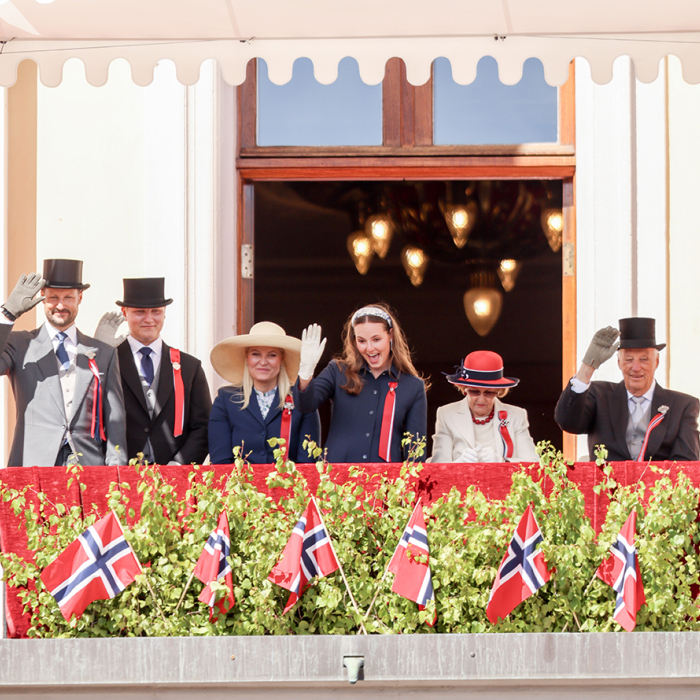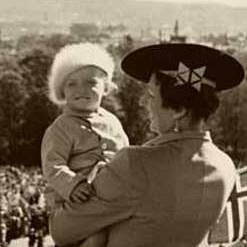70th anniversary of D-Day
His Majesty The King is in France together with the heads of state of all the nations that took part in the landing in Normandy 70 years ago. This afternoon the King laid a wreath at the war memorial in Villons-les-Buisson in Normandy.
Minister of Defence Ine Marie Eriksen Søreide spoke during the commemorative ceremony.
Norwegian street names
During the wreath-laying ceremony, the King was accompanied by one young and one elderly veteran. Following the ceremony, the King, together with the mayor of Villons-les-Buisson, Gérald Aniel, opened three streets and a square that have been given Norwegian names: “Rue Norvège”, “Rue d’Oslo” and “Rue Narvik”, in addition to “Place Helland”.
Together the King and the mayor cut the ribbon marking the naming of the streets.
Reception for war veterans
During his visit to Normandy, King Harald resided onboard the Norwegian Royal Yacht Norge, where this evening he hosted a reception for war veterans, among others, who were present at the 70th anniversary commemoration.
In addition to the King and the Minister of Defence, President of the Storting Olemic Thommesen and Prime Minister Erna Solberg were present in Normandy.
D-Day 1944
Tomorrow the King will begin his day by attending a French-Norwegian memorial ceremony in Hermanville-sur-Mer. Later in the day the King will take part in the international ceremony in Ouistreham together with the heads of state of all the nations that took part in the landing in 1944. Prior to the ceremony, President François Hollande of France will host a luncheon.
The term D-Day refers to the date, 6 June 1944, when the Allied forces invaded Normandy. The invasion was the largest amphibious invasion in history and was led by US General Dwight D. Eisenhower, who later became the US president, and British General Bernard Law Montgomery.
Norwegian involvement
The invasion, which was very carefully planned, began at dawn with an airdrop of soldiers to protect the flanks. On the first day 24 000 paratroopers were deployed into battle, and 7 000 ships were used to transport 156 000 infantrymen to the beaches of Normandy.
The Norwegian forces consisted of two squadrons of fighter aircraft, 10 marine vessels and 43 ships from the merchant fleet. The Allied invasion forces faced intense resistance from the Germans, but they managed to establish bridgeheads in several locations. After six days, the Allies controlled a 95-kilometre coastline, and over 300 000 Allied soldiers were deployed on land. After one month, one million Allied soldiers were on French soil.
Beginning of the end of World War II
The invasion of Normandy marked the beginning of the end of World War II. The Allied forces came from the US, Great Britain, Canada, France, Poland, Belgium Czechoslovakia, Greece, the Netherlands and Norway.
Current news

Happy Constitution Day!
The Royal Family was in attendance on the Palace Balcony when the children's parade reached the Palace Square at 10:30 this morning. From there, they could greet more than 26,000 children from 109 schools taking part in Oslo's children's parade this year.

Celebrating May 17th
For more than 100 years, the Royal Family has greeted the Constitution Day children’s parade in Oslo from the balcony of the Royal Palace.

 Enlarge
Enlarge
